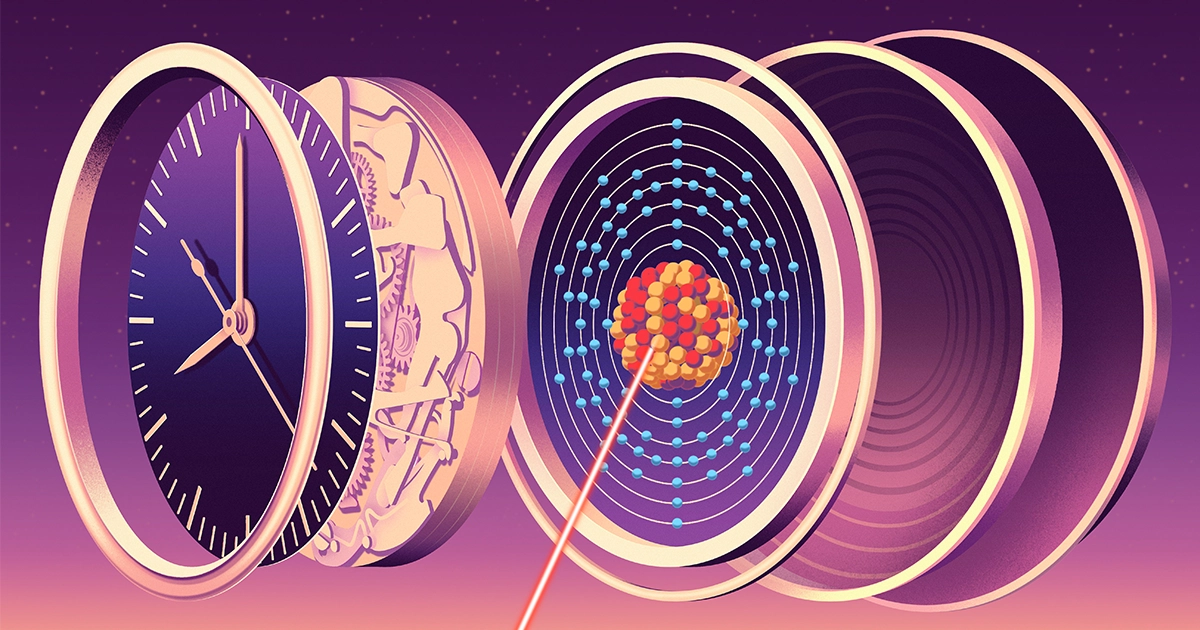An ultra-precise measurement of a transition in the hearts of thorium atoms gives physicists a tool to probe the forces that bind the universe.
So, I’m not quite sure I understand. I know that they use CZM atoms for atomic clocks, and they are extremely accurate. So, will this be used for atomic clocks, too? Or is it more accurate? Or is this for something totally different entirely? It appears to me as though this is something different entirely. But I don’t see why it could not be used for an atomic clock if it’s even more accurate than Seism.
My understanding is that current atomic clocks work on changing the state of whole atoms.
Whereas this new method changes the state of part of the nucleus of an atom.
Basically smaller is more precise. However given that current atomic clocks are one second out over something like a billion years I’ve no idea what benefit this extra preciseness will give us.
We’ll probably start noticing really weird shit when we look at time that precisely. That’s generally what’s happened when we get into the quantum scale of things.


